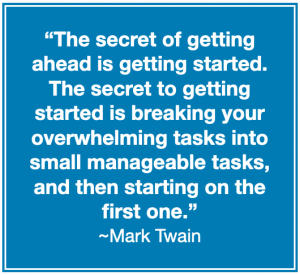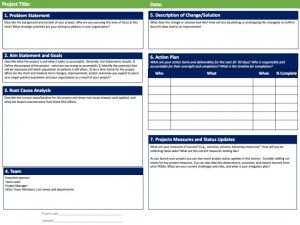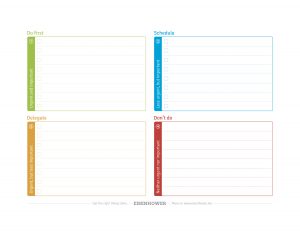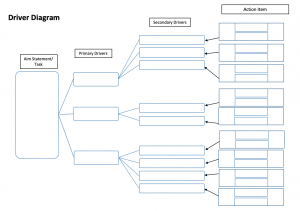
In this period of uncertainty, we are all asked to stretch our capacities to react to the most urgent needs of the hour, which can quickly become overwhelming as other tasks fall to the wayside. While the sea of to-dos can be daunting, project management approaches can help keep us grounded and focused, breaking things down until they feel more manageable.
As we strive to keep a proactive mindset, consider adapting and applying these tools when faced with a new directive, task, or situation:
A simple 2×2 matrix can help you organize your tasks and identify what should be done first. For example, an Urgent/Important Matrix (also known as an “Eisenhower Matrix”) helps you categorize tasks as “Do First” (Urgent and Important), “Schedule” (Non-urgent but Important), “Delegate” (Urgent but not Important), and “Don’t Do” (Neither Urgent or Important). This site provides a video and template for creating and using an Eisenhower Matrix.
While we often use driver diagrams in our project design efforts, consider using it on a smaller scale for your daily tasks that need further definition or clarity. Start with the aim, goal, or task, then break it down into primary and/or secondary “drivers” until there is an actionable item that can definitively be completed. Try it with the IHQC Driver Diagram template (download here).

Project Plan/A3 Template:
Project plans are also adaptable to small-scale efforts. An A3 template from Lean/Six Sigma methods can be a helpful way to illustrate the problem-solving process and the resulting action plan. While it may take an initial investment of time to fill in all the boxes, it can then be quickly updated to reflect the rapidly changing environment. Access an A3 template here, which includes prompting questions to guide its completion.
As we all find ourselves adapting rapidly to new challenges, remember to pace yourself, leverage project management tools, and, most importantly, acknowledge and celebrate what you’ve been able to accomplish!


